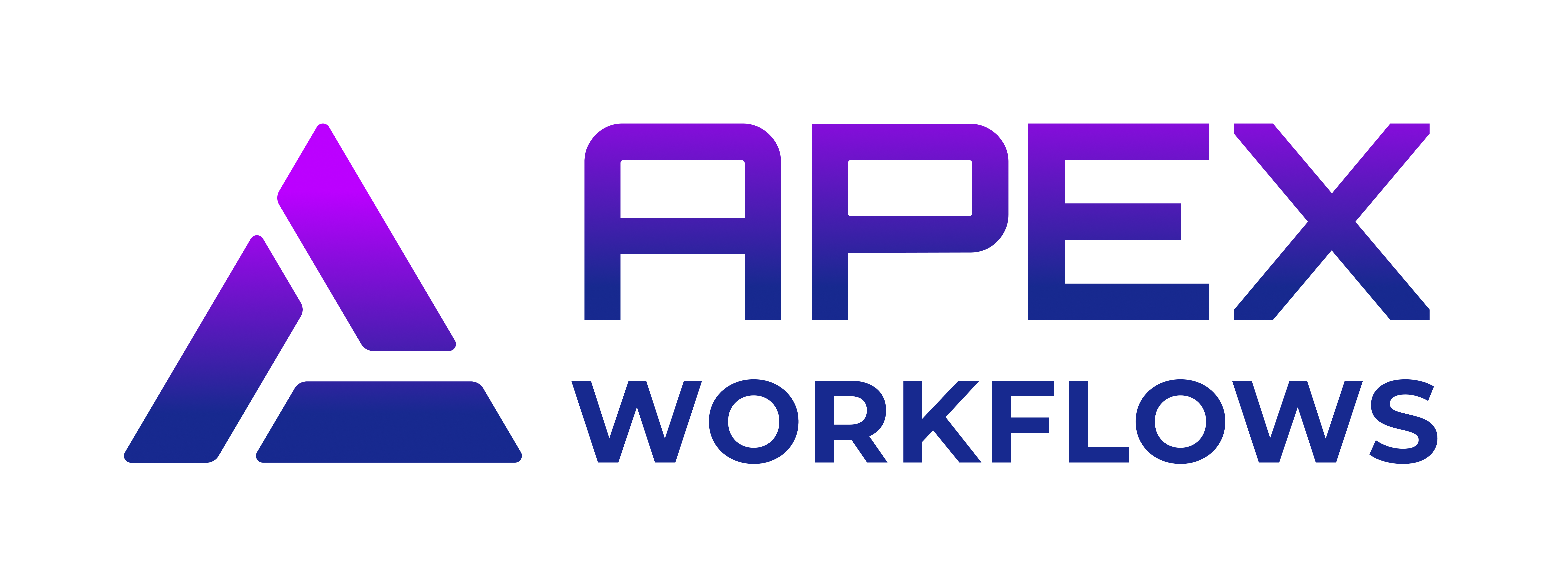In today’s fast-moving digital economy, the limitations of traditional email systems are becoming more evident, especially in professional services. With projects growing in complexity and clients expecting real-time responsiveness, firms are turning to smarter tools that streamline workflows and reduce administrative overhead. Enter AI task routing — a transformative approach that reimagines how teams assign, prioritize, and execute work. In 2025, this innovation is poised to revolutionize how professional services firms operate, collaborate, and deliver value.
The Rise of AI Task Routing in Professional Services
Email has long been the backbone of professional communication, but its inefficiencies are becoming difficult to ignore. Messages are easily lost in crowded inboxes, follow-ups slip through the cracks, and context-switching between tools undermines productivity. These breakdowns have given rise to a new generation of AI-powered operations designed to optimize task delegation and execution.
The shift is fueled by technological advances in artificial intelligence and increasing demand for real-time collaboration. Professionals are moving from static inboxes toward intelligent platforms that understand task context, team capacity, and deadlines. Rather than sifting through endless threads, teams are embracing systems that automatically channel requests, documents, and updates to the right people at the right time.
What Is AI Task Routing and How Does It Work?
AI task routing leverages machine learning, natural language processing (NLP), and data integration to automate how tasks are prioritized and assigned across an organization. At its core, it’s a system designed to understand the context and urgency of new inputs—whether from email, chat, or other channels—and intelligently determine who should handle the task, when, and how.
By integrating with key platforms such as CRMs, calendars, and project management tools, AI task routing ensures seamless coordination across departments. A client request received by email is no longer a static message—it’s interpreted by the AI, categorized based on urgency and topic, and forwarded to the right associate along with relevant data, deadlines, and historical context.
Real-world implementations show its power. A consulting firm, for instance, may use AI to route a client inquiry directly to the responsible partner, schedule a follow-up in the calendar, and create a task in Asana—all without human intervention. The benefits go beyond speed: AI routing reduces errors, ensures task ownership, and minimizes distractions from low-priority messages.
AI Task Routing vs. Email: Why Professionals Are Moving Beyond the Inbox
While email remains useful for broad communication, it falls short as a task management platform. Information stored in inboxes often lacks structure, leading to missed deadlines and redundant follow-ups. Teams waste hours manually flagging, forwarding, and organizing messages that should have been tasks in the first place.
AI task routing transcends these limitations by automating follow-ups, reminders, and assignments. Instead of manually chasing updates or re-sorting emails every morning, professionals in law firms, financial services, and consultancy agencies are adopting systems that handle this behind the scenes. A request for contract review, for example, is no longer buried in an email thread—it’s transformed into a defined action routed to the legal department with full tracking and accountability.
Clients also benefit, as intelligent workflows lead to faster responses, fewer miscommunications, and better visibility into project progress. With centralized dashboards and automation, firms can set clearer expectations and deliver higher-value service with less effort.
Essential Features of Modern AI-Powered Task Management Systems
Today’s AI task routing platforms are highly sophisticated, combining several key features to boost productivity. Smart prioritization algorithms evaluate incoming work based on context, past behavior, deadlines, and client importance. This ensures that tasks are not just scheduled but scheduled wisely.
Natural language processing plays a crucial role by interpreting intent within messages. Whether a client writes, “Can we meet next week?” or “I need help revising this proposal,” NLP identifies the action required and begins routing the task appropriately. Real-time routing then ensures that the request lands with the right team member or department instantly—eliminating the noise of intermediary handling.
These systems also embed with AI productivity tools, integrating everything from calendars and emails to document management systems. In regulated industries, privacy and compliance are essential. Leading platforms incorporate encryption, audit trails, and access controls to maintain secure collaboration while staying compliant with legal and ethical standards.
Top Tools Powering AI Task Routing in 2025
Several powerful tools are now leading the way in intelligent task management for professional services. Microsoft Copilot is tightly integrated into Office 365, using AI to turn natural language into precise actions—scheduling meetings, summarizing emails, or assigning tasks in Teams. Zapier continues to provide robust workflow automation across thousands of apps, helping route information without code.
Asana AI brings context-aware task generation to project workspaces, suggesting due dates and owners based on past team behavior. Shortwave, a growing email alternative, converts emails into actionable tasks, bringing AI-driven clarity to inbox chaos.
Each tool offers different strengths. Microsoft Copilot excels within enterprise ecosystems, while Asana AI is ideal for project-centric environments. Shortwave shines in converting emails into structured workflows, providing small teams a powerful replacement for traditional inboxes. The choice comes down to a firm’s specific needs, complexity, and scalability goals.
Implementation Strategies for Professional Services Firms
Transitioning to AI-powered task routing doesn’t require a complete digital overhaul. Firms should begin by identifying manual workflows that are repetitive, time-consuming, or error-prone—ideal candidates for automation. This can include client intake processes, document reviews, or meeting scheduling.
Pilot programs allow teams to evaluate ROI early without disrupting core operations. Once key successes are demonstrated, firms can expand the system across departments. Training is essential—staff must understand how to work with AI, interpret suggestions, and retain control as they adjust to a new, more responsive workflow.
Choosing solutions that integrate smoothly with your existing software stack ensures long-term scalability and ease of adoption. Look for platforms that offer open APIs, flexible pricing, and robust support to grow with your firm’s digital transformation journey.
The Future of Intelligent Workflow Automation
In the years ahead, AI in professional services will go far beyond task routing. Algorithms are beginning to offer proactive decision support, highlighting risks, suggesting best practices, and even flagging client behavioral patterns before issues arise.
Integrating AI with voice assistants, video conferencing platforms, and document automation tools will streamline communication even further. Imagine receiving a voice note from a client that the AI instantly transcribes, interprets, and routes while populating a meeting agenda. These capabilities make workflows not just efficient, but intelligent.
AI will also enable predictive task assignment by analyzing workload trends, skill sets, and availability—ensuring optimal team performance. For clients, this translates to more timely service, personalized experiences, and a competitive edge in their own industries.
Conclusion: Embracing the AI Era of Work
AI task routing is more than a buzzword—it represents a fundamental shift in how knowledge-based firms manage responsibilities and deliver results. As we move into 2025, embracing these innovations isn’t optional. It’s the key to staying competitive, ensuring quality, and empowering your team to focus on what matters most: delivering value to clients.
By moving beyond fragmented email systems to intelligent automation platforms, professional services firms can unlock new levels of productivity and precision. Those prepared to adapt today will lead tomorrow’s market—streamlined, smarter, and more responsive than ever.






